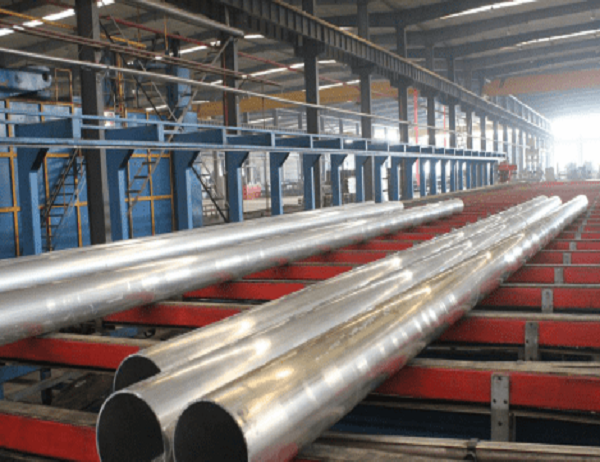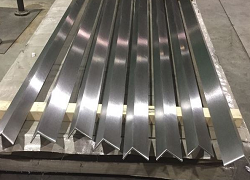Aluminum alloy tubing is an incredibly versatile material that offers a unique combination of strength, lightness, and corrosion resistance. However, like all materials, aluminum alloy tubing can deteriorate over time and become less effective in its intended applications. This article will explore various methods to ensure the longevity and durability of aluminum alloy tubing, increasing its lifespan and performance.
Choosing the right aluminum alloy for a specific application is crucial for longevity. Different alloys have varying properties such as strength, ductility, and corrosion resistance. For example, alloys containing higher percentages of magnesium and manganese offer improved strength, while those with higher copper content enhance corrosion resistance.
Aluminum alloy tubing is naturally corrosion-resistant due to the formation of a protective oxide layer on its surface. However, in harsh environments or prolonged exposure to corrosive substances, additional protection is necessary. Methods include anodizing, where an artificial oxide layer is formed on the tubing’s surface, and painting or coating with corrosion-resistant materials like polyurethane or epoxy.
Physical damage can significantly shorten the lifespan of aluminum alloy tubing. To prevent scratches, dents, or punctures, protective measures such as rubber or plastic covers, padding, or careful handling must be implemented. Additionally, the tubing should be stored in a clean, dry environment to avoid moisture accumulation and potential corrosion.
Incorrect fabrication or joining techniques can weaken the tubing and compromise its structural integrity. Hot rolling, cold drawing, and bending should be performed by experienced professionals using appropriate equipment and techniques. Welding and joining must be carried out with compatible materials and methods to minimize the risk of corrosion or stress concentrations.
Regular maintenance and monitoring of aluminum alloy tubing is essential to detect potential issues early on. Visual inspections should be conducted to identify any dents, cracks, or corrosion. Non-destructive testing methods, such as ultrasonic or eddy current testing, can be employed to assess the tubing’s structural integrity and identify hidden defects.
Ensuring the longevity and durability of aluminum alloy tubing requires a comprehensive approach involving material selection, corrosion protection, physical protection, proper fabrication, and regular maintenance. By adhering to these principles, the tubing’s performance and lifespan can be significantly extended, ensuring reliable operation and minimizing costly repairs or replacements.



